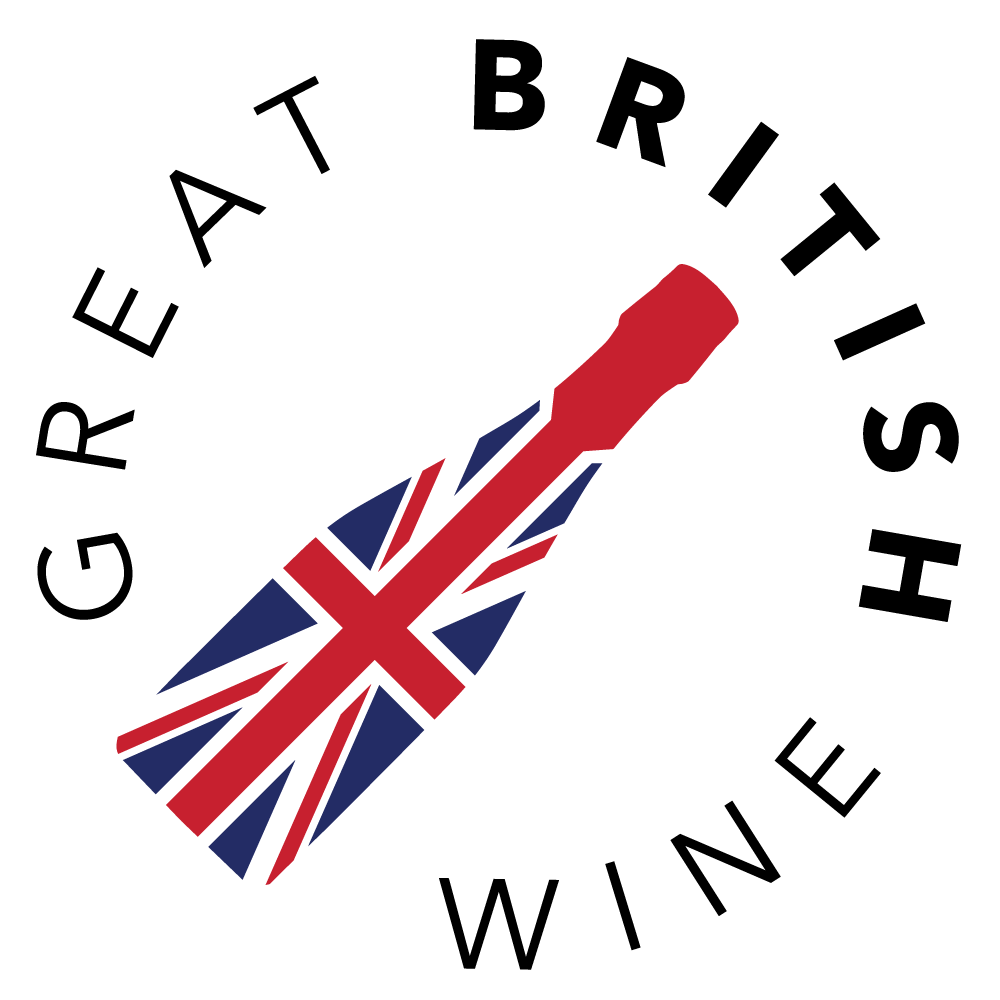Blind tasting is the ultimate equaliser of the wine world. All preconceptions nullified. Any prejudice eradicated. And as any passionate wine taster will attest, blind tasting in a group is always a rousing occasion brimming with nervous excitement and trepidation. I recently hosted a sparkling event where we pitted four English Sparklers against four Champagnes. Read on to find out more and see the results.
Nine tasters with fizz-attuned palates were assembled from the Mystere Wine Tasting Club – an accomplished circle that meets monthly in Cardiff. The eight wines were concealed in strict blind conditions, and served side-by-side, head-to-head in sets of two, over four different rounds; Blanc de Blancs/White Rich Blend, Blanc de Noirs, Rosé and Classic. Votes were cast at the end of each round (nine tasters ensured no ties) with the bottles not revealed until the end of the evening.
The wines were selected carefully trying to achieve a fair match-up in terms of cost, blend, dosage and age. The English representation came from four award-winning producers with established identities and reputations – a selection of vintage offerings from across the different wine-producing counties of England. The Champagne representation was made up of 2 Grand Marques and 2 Growers. All non-vintage offerings with notoriety and a reputation for consistency. Each of the eight bottles cost between £25 and £40 and were sourced from popular UK suppliers.
Round 1: Blanc de Blancs/White Rich Blend
The first round saw The Camel Valley Brut 2013 (price £24.95, supplier: Camel Valley) take on the Pierre Gimonnet Premier Cru Brut NV (price: £23.00, supplier: Wine Society). The latter have established themselves amongst the most notable of the Grower Champagnes. This 100% Chardonnay comes from a single 1er vineyard, hence it can be labelled Premier Cru, which you don’t see frequently on Champagne labels. The English Sparkler is Cornwall’s most famous winery with a track record of critical success on the English wine scene dating back to the early 90s. The blend for their flagship wine is 40% Chardonnay, 30% Pinot Noir (I know, not strictly BdB!) and unusually 30% Seyval Blanc.
Unlike the other rounds there was an apparent stylistic difference between the two wines. The Camel Valley was lively with lots of finesse whereas the Gimonnet brought a rich attack and a lot more weight. The Camel Valley was all Granny Smith apples with a sharp mingling of minerality and citrus. Gimonnet showed more biscuity maturity, with a spiked finish containing a cabbagey note that put some tasters off. I personally had the Gimonnet scored higher, but the vote went 5-4 in favour of the beautiful Camel Valley handing the first round to England.
Round 2: Blanc de Noirs
For our Pinot fix we looked to Kent’s Chapel Down, a producer flourishing with the success of the English Sparkling movement, raising £4m in crowd-funding in 2014 and continually innovating with sparkling and still varieties (see Orange Bacchus or Albariño reviews). This was a limited edition 2007 Pinot Reserve (price £27, supplier: Naked Wines), a line exclusive to Naked Wines that I understand is closely mirrored to their normal Pinot Reserve (which has now been replaced by their Blanc de Noirs as of the 2009 release). Across the channel we picked out another grower becoming a household name, Drappier; winner of Decanters 2014 Grower of The Year Award. This Brut Nature Pinot Noir NV (price: £34.95, supplier: Slurp) has 0 g/l and is known for its precision and persistency.
This round was a thumping success for Chapel Down with a vote of 8-1, and third highest rated wine of the evening. Its delightful flavour lived up to the attractive, glowing hue bringing a charged, complex hit with a lovely gradual development to a finish with whispering red fruit. A mature, poised wine that showed exceptionally well. The Drappier didn’t offer up much in small sips but did explode with flavour when worked. The pronounced biscuit notes on the nose carries, meeting citrus, floral and a touch of saline character. It was undeniably elegant, but the power and completeness of Chapel Down bowled it over.
 Club chairman and passionate Frenchman Gilbert Viader in full flow
Club chairman and passionate Frenchman Gilbert Viader in full flow
Round 3: Rosé
Now for the pink stuff. The English Sparkling Rosé that everyone wants to get their hands on, Wiston’s Vintage 2011 triumph (price: £35.99, supplier: Swig) versus the household name with an enduring popularity, Mumm Champagne Rose NV (price £32.50, supplier The Champagne Company).
The Mumm wasn’t showing much red fruit, but did have a lot going and was notably more expansive than the Wiston. This weighty wine brought jasmine, water melon with chalky back notes. Unfortunately, a coarse burnt rubber note gave it some edge and threw it off balance. The Wiston had a lovable brightness about it with kiwi fruit amongst the rose water and pronounced orange zest which formed the backbone of the wine. A delicate wine, but chiselled and precise with it. 7-2 to Wiston making it 3-0 to England.
Round 4: Classic
An English wine flight without Nyetimber, would be like a Loony Toons episode without Bugs Bunny. So in the last round Nyetimber’s 2010 Classic Cuvee (price: £31.99, supplier: Waitrose) came up against the Champagne mainstay that is Taittinger Brut NV (price: £35.00, Tesco). Two wines that need little introduction. There was also an interesting sub-plot at play given Taittinger’s recent acquisition of an English vineyard. Could the English powerhouse upstage the would-be crossover?
And the finale didn’t disappoint – it was a high performing round with the first and second highest scoring wines of the tasting. The Nyetimber performed well with a detonation of tall flavours backed up by a richness and depth full of digestive biscuits and a touch of moreish sweetness in the finish. I was talking to Brad Greatrix (Nyetimber’s Head Winemaker) about the tasting and he said Taittinger “blows hot and cold” in his experience. I too have had mixed success, but on this night it was really singing. There's fantastic concentration and perfect balance of all flavour elements – vivacious signature expression of Champagne. Many people struggled to pick a winner, and it could have gone either way. The vote count was 5-4 for Taittinger, avoiding the whitewash and saving some face.
 The exposed bottles in their naked glory
The exposed bottles in their naked glory
So is English Sparkling better than Champagne? – it’s a question I hear frequently in different circles. As a home grown variety that instils pride in us wine lovers, I can see it being a continuing debate for the foreseeable future. I imagine the Kiwis debate whether Otago is better than Burgundy, and we know the Californians think their best Cab blends are up there with Bordeaux’s finest. When I’m asked about English vs Champagne my immediate response is always “at what price point?”. At entry level I firmly believe English is better, as this tasting and many others, have proven. However, I’m not convinced we can yet contend with the remarkable, mind-blowing levels that prestige cuvées can reach. In years to come, who knows? What do you think?








